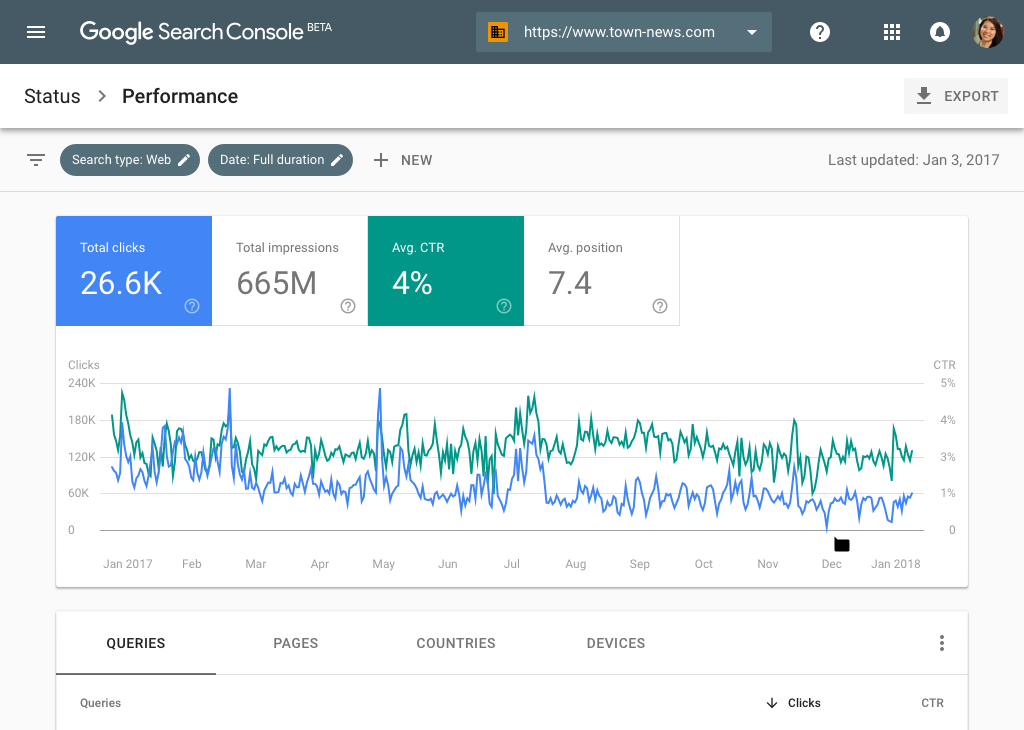As a smart business owner, I understand that you’d be looking for ways to improve your website’s search visibility. You know that appearing on the first page of Google search results is crucial for driving traffic to your site and attracting new customers. However, the stiff competition online is constantly making it hard to know where to start.
Google Search Console is a free tool that can provide you with valuable insights into how your website is performing on Google, and this could include which keywords people were using to find your site and how your pages are ranking in search results. With this information, you’ll be able to make targeted changes to your website, such as optimizing your content for specific keywords and improving your site’s load speed.
In this post, I’ll share the 7 quick tips to make your website becomes visible on Google.
7 Quick Tips to Get Your Business Visible on Google
1. Register your site with Google Search Console
Google Search Console is a free service that allows you to submit your website to Google for indexing. Once you’ve done that, Google will know that your site exists and can start including its content in search results. You can also use Search Console to check if Google is having any problems crawling your website, and identify aspects of it that can be improved from a technical SEO point of view.
2. Register your site with Google Business
Google Business is a service that lets you add your business to Google Maps. Creating a Google Business profile for your business can give you a quick and easy SEO win. By creating your profile, you’ll help your site or store appear more frequently in local search results.
3. Identify the “money” keywords to use
In order to improve your website’s visibility on Google, and increase the amount of organic traffic to it, you need to ensure that you’re using the relevant keywords that will drive paying customers to your site, keywords that people are actually searching for. This involves a process called keyword research. You can perform keyword research with an SEO tool like Ahrefs or Semrush. The main trick with keyword research is to identify phrases that have a high search volume but are not too hard to rank for.
4. Create great content
Once you know what the right keywords to use are, it’s time to create some great content around them. In most cases, this means writing about topics in considerable depth, and ensuring that your content satisfies key user queries about them. As part of this process, look at what’s already ranking highly for a particular search term, and craft your content so that it is bigger and better than the number one search result.
5. Ensure that your on-page SEO is strong
Every time that you create a page or post on your site, you need to format it in a way that search engines can easily understand. This means ensuring that your on-page SEO is strong. There are a few things you need to do here. First, make sure that you create a compelling page title. In search results, this is the clickable part of each result. Put your target keyword near the start of your title, and keep titles relatively short and to the point.
Next, craft an engaging meta description. A meta description is a text that’s often presented in search results as the main summary of the content. As with page titles, remember to use your target keywords in your meta description. Then, check that you’ve used headings properly throughout your text. These are the ‘signposts’ that guide readers through an article, but they are also used by search engines to categorize your content accurately. Finally, create a URL for your page that has a simple structure. Aim to create short URLs that include your target keywords and are easy for humans and search engines to understand.
6. Ensure that your site is mobile-friendly and loads quickly
Google prioritizes sites that display correctly on mobile devices in search results. So make sure that you are using a website-building tool that produces responsive, mobile-friendly websites. Google also gives preferential treatment to websites that load quickly. So make sure you always use a fast hosting provider and a website-building platform that lets you create speedy websites.
7. Build backlinks to your site
A backlink is a link from somebody else’s content to yours, and generally speaking, Google treats each backlink to your site as a vote for your content. So the more backlinks that you can earn for your pages or posts, the better they will typically rank in search results. Getting a significant number of backlinks usually involves reaching out to other website owners and asking them to link to you. Remember however that buying backlinks is technically against Google’s webmaster guidelines, so tread carefully here.
If you pull these tips off the right way, over time, you’ll see your efforts paying off with conversations. Your website’s search visibility will increase, and you’ll begin to see more traffic and leads coming in through organic search.

